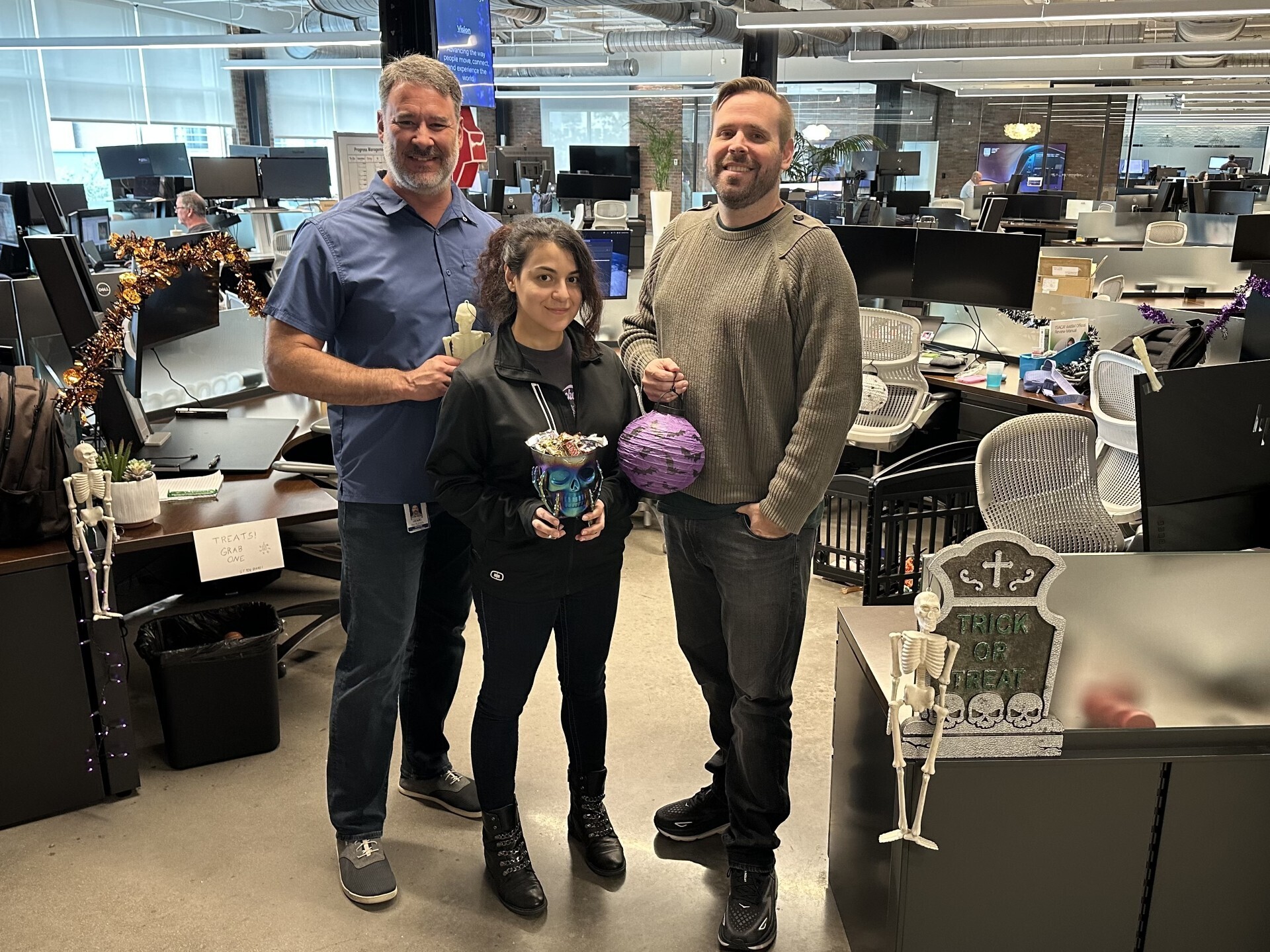Because, if all drivers steer left abruptly at the same spot over and over, engineers will inevitably ask “why?” This data could be used to identify annoying things like potholes or dangerous things like a blind spot at an intersection. All this data is used to optimize mobility for our customers on the road.
To Toyota Connected Managing Engineer Dany Benjamin, who oversees Big Data ingestion, it is an enabler to drive our customers’ capabilities.
“We’re constantly innovating and creating new data services for our customers,” said Benjamin. “To do that, we need passionate, talented engineers who understand and love data at scale. This could be telemetry data, diagnostic data or even video streams – anything that provides insights to improve the mobility experience for everyone.”

In many cases, Toyota Connected is Toyota’s first stop for anonymized macro trends – Big Data – before those trends can be turned into technology. It’s no secret that data informs how cars operate and will more so in the future as they become more and more automated. For instance, a vehicle with a navigation system can see when a road turns using cellular and GPS signals.
The cars of the future need to have a much more complete idea of what’s going on. What high-definition mapping does is use sensor fusion – cameras around a vehicle, radar, and GPS, as well as steering angle sensors and even suspension feedback – to provide what the road feels like to the car and by proxy the drivers. On an eight-lane freeway, each lane is different, and the expectation drivers will have for when to change lanes will be different. Driving habits are different in each lane.
And data engineers are working to make that data easy to consume, to process it faster via edge computing (processing data closer to the source where it is picked up, such as directly in a vehicle’s onboard computer systems) or via cloud computing through an online server. They have to be able to do this with millions of vehicles today and this number grows daily with every car sale. These vehicles carry onboard technologies to process complex road data – securely and able to scale to solve for solutions we don’t even know we need yet.
“Data engineers are pivotal as Toyota Connected and the greater Toyota organization continue their mission toward providing mobility for all,” said Benjamin. “What a position like a data or video ingestion engineer does is streamline the ingestion process so we can empower data services. We provide a platform for others to build on top of. The faster we are able to automate with scale, the easier it will be to optimize what our cars can do to best serve all customers.”
